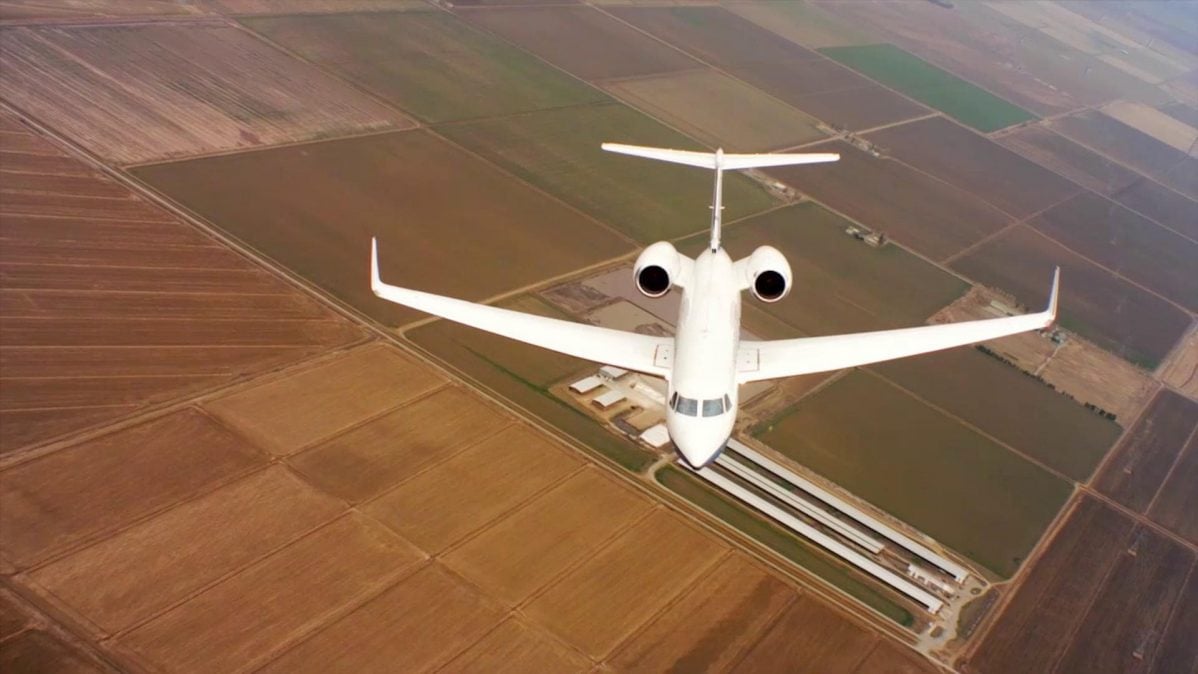
ADS-B Out. Is private aviation private post ADS-B mandate?
As the ADS-B mandate looms large on the horizon for North American and European airspace users, once again the unintended consequences of a loss of privacy has raised its head.
Tracking of private jet operator traffic has for some time been conveniently ‘grey’. This has allowed the privacy of the inside the aircraft not to be compromised (it is not easy to correlate passengers to specific flights on commercial flights). That changes soon.
From the current trend of flight shaming to more nefarious motivations, a technology that improves air space productivity, could make owners exposed as they are tracked between destinations. Melodrama aside, it does become increasingly simple to connect the dots between an owner, an aircraft and even a purpose.
The FAA and the NBAA have been in discussion for some time regarding the unintended consequence of ADS-B Out. There preferred method would be to use an opt out 24-bit ICAO code, obscuring the identity of the aircraft from flight tracking software, refreshing every 30 days. Good news but this is still a working theory, as at the time of writing, there is no FAA policy.
In Europe there appears to be no such means of obfuscation and it will be interesting to see how Europe’s GDPR law is applied to such circumstances should it be possible to track (publicly) individuals flight movements. It begs the question, just what is the equivalent to the web’s cookie acceptance form for aviation?
Aviation used to be a fairly analogy environment. That is changing. ADS-B Out and improvements in in-cabin connectivity are just the first steps that will make your presence ever more visible to a wider array of people, mirroring the rest of daily lives.
For more information about ADS-B Out, installations and implications contact us now.

